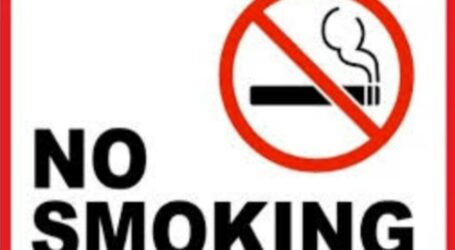PHILIPPINE MUSLIM TEACHERS ORDERED TO REMOVE HIJAB
 Manila, 16 Ramadhan 1434/24 Juli 2013 (MINA) – The Philippine government has ordered Muslim teachers in public schools not to wear face-veils in the classroom, saying the decision would promote better relationships between teachers and pupils.
Manila, 16 Ramadhan 1434/24 Juli 2013 (MINA) – The Philippine government has ordered Muslim teachers in public schools not to wear face-veils in the classroom, saying the decision would promote better relationships between teachers and pupils.
“Once the ustadja (teacher) is in the classroom, she is requested to remove the veil,” Education Secretary Armin Luistro said in an order issued earlier this month cited by The Philippine Daily Inquirer on Tuesday, July 23.
“In support of effective language teaching, recognition and discrimination of letters and their sounds are enhanced. Lip formation significantly helps in the correct production of the letter sounds,” Luistro said, Onislam.net quoted by Mi’raj News Agency (MINA) as reporting.
Luistro said the new decision would allow students to better communicate with the teacher in the class.
Seeing the teacher’s face without the veil would be necessary “for proper identification of the teachers by the pupils, thus promoting better teacher-pupil relationship,” he added.
Issuing the new decision, the secretary of the Department of Education confirmed the government respect religious rights of students in school.
“While the Department supports and promotes the right of Muslim Filipino women to wear hijab/veil (or headdress), it does not compel Muslim Filipino women to wear it,” Luistro said.
During their Physical Education subject, Muslim school girls are allowed to wear “appropriate clothing in accordance with their religious beliefs,” he added.
Muslims make up nearly 8 percent of the total populace in the largely Catholic Philippines.
The mineral-rich southern region of Mindanao, Islam’s birthplace in the Philippines, is home to 5 million Muslims.
Islam reached the Philippines in the 13th century, about 200 years before Christianity.
Agreement
Hearing about the new decision, the government’s Office of Muslim Affairs said it agreed with the education department’s measures.
Roque Morales, an adviser to the office, added that while he did not know how many Muslim Filipinas were working as teachers, the practice of wearing veils is widespread in the southern Philippines.
“You would almost see it everywhere,” he told Agence France Presse (AFP).
While hijab is an obligatory code of dress for Muslim women, the majority of Muslim scholars agree that a woman is not obliged to wear the face veil.
Scholars believe it is up to women to decide whether to take on the niqab or burqa, a loose outfit covering the whole body from head to toe and wore by some Muslim women.
An earlier ban by a Catholic school in Mindanao on wearing hijab in the school premises drew angry condemnations.
The ban, imposed last year, was opposed by the National Commission on Muslim Filipinos (NCMF) which criticized the school’s policy on hijab.
The hijab ban also won flaks from human rights advocates for violating the right of Muslim students to practice religion, including the Philippine Alliance of Human Rights Advocates (PAHRA).
Rights activists also called for an online campaign to gather one million signatures for a boycott of the Catholic College.
In response, the school overturned the ban, allowing Muslim students to wear hijab as of June 2013. (T/P013/E1)
Mi’raj News Agency (MINA)





